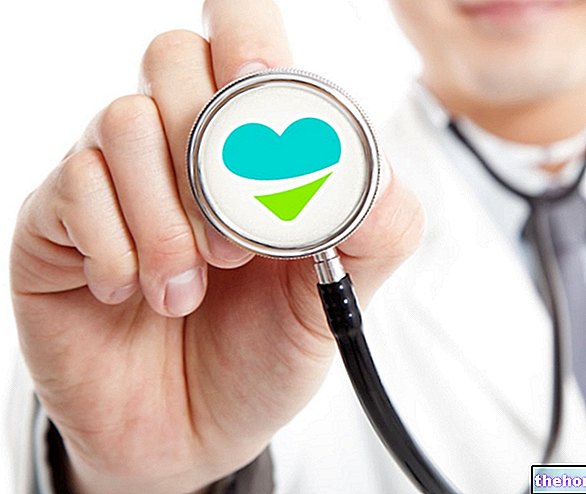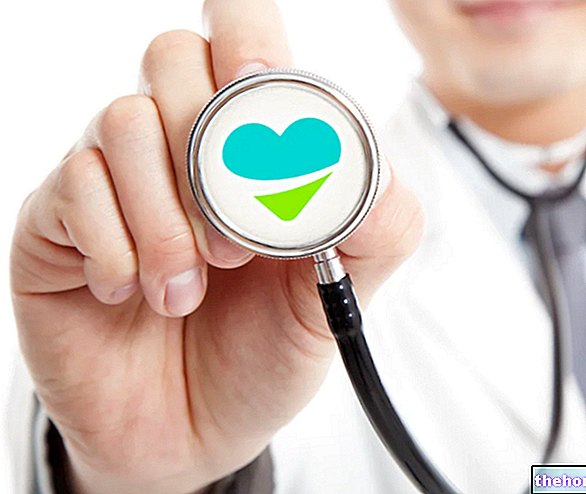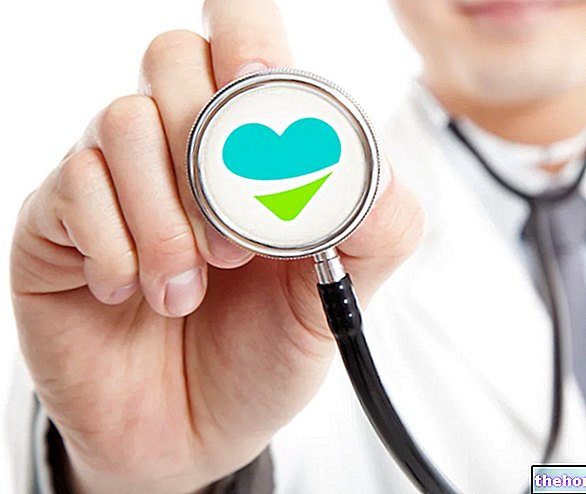Generality
AT1-antagonist or sartan drugs are angiotensin II receptor antagonist drugs.
More precisely, they are antagonists of AT1 type angiotensin II receptors and are used as antihypertensive drugs.
However, inhibiting these receptors can cause certain side effects, albeit to a lesser extent than those given by other antihypertensives, such as ACE inhibitors. However, sartans maintain the induction of renal fetopathies and as such are contraindicated in pregnancy.
This class of drugs includes active ingredients such as losartan, valsartan, candesartan, irbesartan and eprosartan.
Therapeutic indications
Sartans are used in therapy for the treatment of hypertension and - if it is not possible to use ACE inhibitors - also for the treatment of chronic heart failure.
Sartans - depending on the case - can be used either alone in monotherapy or in combination therapy in combination with diuretics, β-blockers or ACE inhibitors.
Mechanism of action
As mentioned, sartans exert their antihypertensive activity through the competitive antagonization of AT1 receptors for angiotensin II.
These receptors are able to mediate all the cardiovascular effects given by angiotensin II such as vasoconstriction, cardiovascular remodeling and water retention.

If these AT1 receptors were activated, in fact, they would induce vasoconstriction, synthesis and release of aldosterone and sodium reabsorption.
By blocking the AT1 receptors, therefore, sartans inhibit the renin-angiotensin system directly at the receptor level, regardless of the source from which the angiotensin comes.
It can therefore be said that sartans produce a more selective "inhibition of" angiotensin II activity than ACE inhibitors. Furthermore, unlike the latter, sartans do not enhance the activity of bradykinin, therefore, they do not produce the effects. collateral associated with this phenomenon.
Side effects
Of course, the type of side effects and the intensity with which they occur can vary from one patient to another, both as a function of the active ingredient chosen and as a function of the sensitivity of each individual towards the drug that one decides to use.
Some side effects triggered by sartans are similar to those caused by ACE inhibitors and are attributable to the attenuation of the renin-angiotensin system induced by these same drugs.
In any case, it can be said that the most common side effects that can occur following the use of sartans are:
- Headache;
- Dizziness
- Dizziness;
- Orthostatic hypotension;
- Nausea and vomit;
- Weakness and fatigue;
- Alterations in renal function.
Drug interactions
Sartans can establish drug interactions with several other types of drugs. Among these we remember:
- Potassium salts, potassium-sparing diuretics and drospirenone. In fact, the concomitant intake of these drugs and sartans increases the risk of "onset of" hyperkalaemia.
- Non-steroidal anti-inflammatory drugs (NSAIDs) such as indomethacin, naproxen and piroxicam. These active ingredients, in fact, can decrease the therapeutic efficacy of sartans and other antihypertensive agents.
- Digoxin, as sartans may increase its levels if taken concomitantly.
- Warfarin, the levels of which may be decreased in case of concomitant administration with sartans.
Contraindications
Generally, the use of sartans is contraindicated in patients with liver disease, diabetes and / or severe renal impairment.
Of course, the use of sartans is also contraindicated in patients with known hypersensitivity to these same drugs.
Finally, due to the serious side effects that can cause to the fetus, the use of sartans is also contraindicated in pregnant women, especially during the second and third trimester of gestation. In a similar way, the intake of sartans is also contraindicated for mothers who are breastfeeding.
Other articles on "AT1-antagonist or sartan drugs"
- ACE inhibitor drugs
- Calcium Antagonist Drugs




























